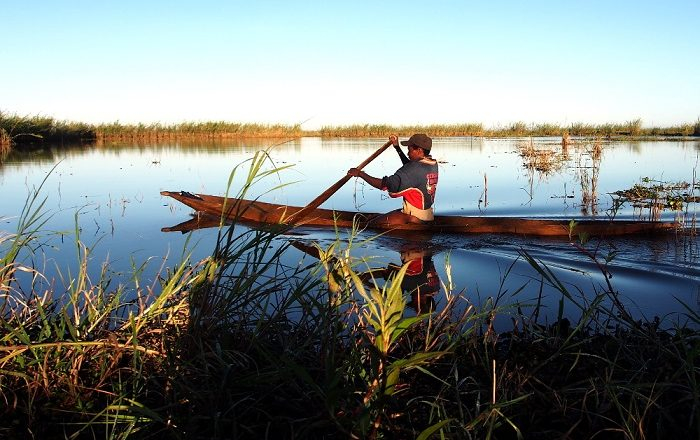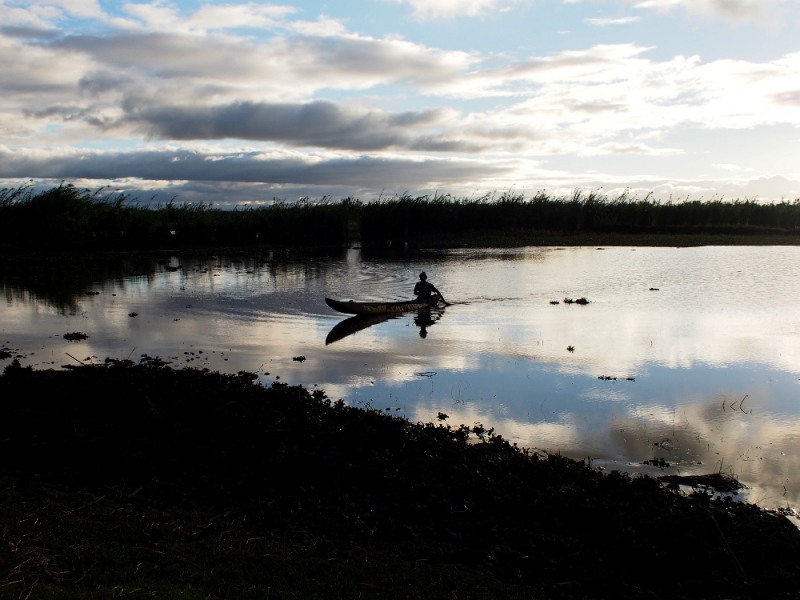Lake Alaotra
The largest lake in Madagascar is called Lake Alaotra, and it is situated in the Alaotra-Mangoro Region on the northern central plateau of the island. It is also considered as one of the best lakes to visit in Madagascar. Its basin consists of marshes and shallow freshwater lakes encircled by heavily vegetated regions. The largest rice-growing region on the island is centered there. The Sasomanga, Sahabe, and Sahamaloto rivers in the south and the Anony and Sahamaloto rivers in the north-west respectively feed the lake. The Maningory, the lake's only drainage river, empties into the region to the northeast. Along the lake's edge, notably in the southern portion of the site, are unmanicured, permanent wetlands. The largest are found in the area that the Maningory drains, which is to the south and east of the Antanamalaza peninsula. Wet grasslands are also present. Water lilies Nymphaea, which once dominated the lake's vegetation, have become less common as a result of competition with non-native water hyacinth Eichhornia and water fern Salvinia.
It is a vital fishing area as well as a rich habitat for animals, including some rare and endangered species. Numerous locally endemic species of plants and animals are found in the abundant flora and fauna, including the Durrell mungo (Salanoia durrelli), which was only discovered in 2004, the Alaotra gentle lemur (Hapalemur alaotrensis), which is the only primate in the world found exclusively in wetlands, and the Madagascar pochard (Aythya innotata). Since 2007, Lake Alaotra and its freshwater marshes have been designated as a Ramsar region due to its unique ecological characteristics, great biodiversity, and high number of locally endemic species.
Location: Alaotra-Mangoro Region






